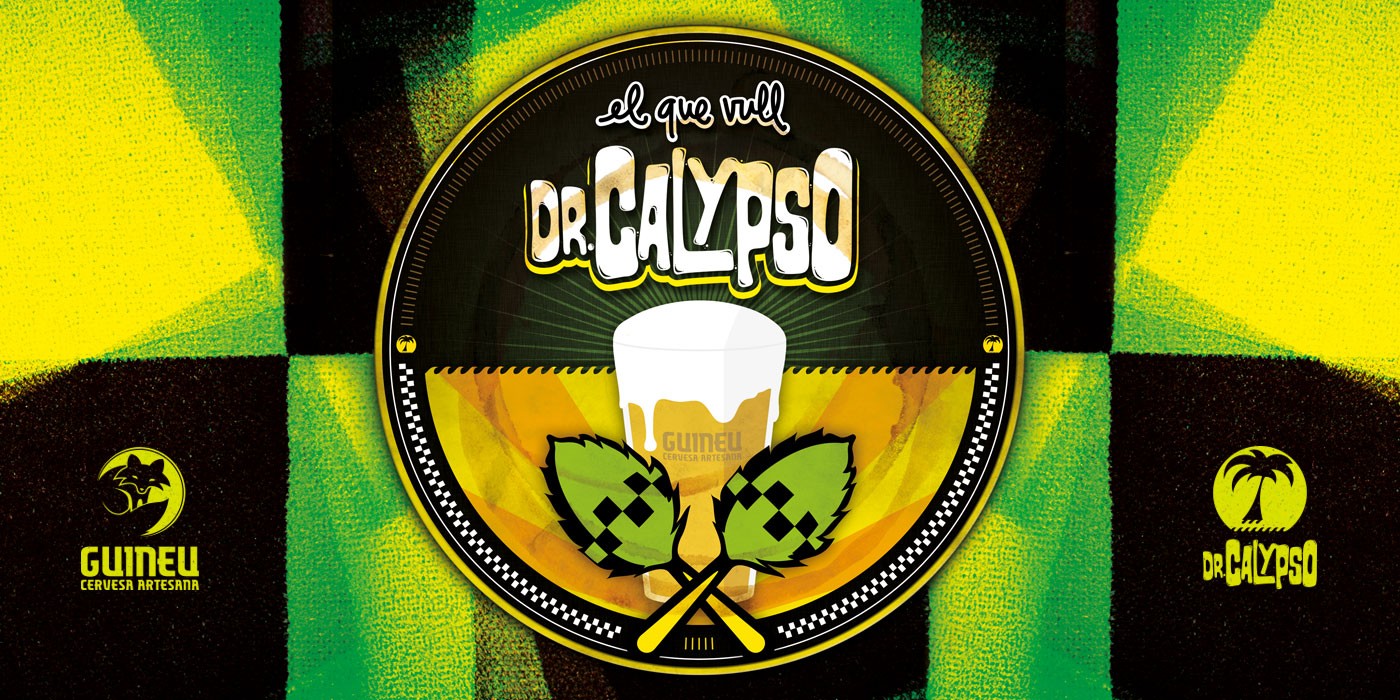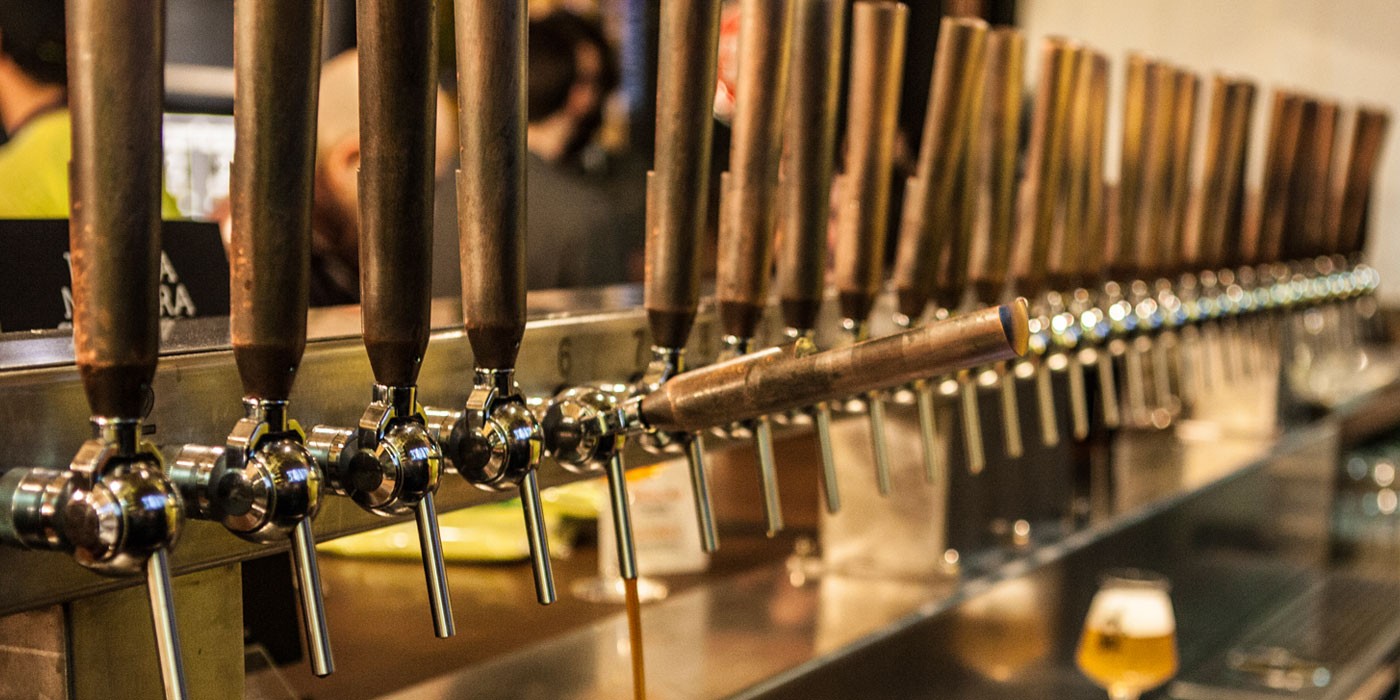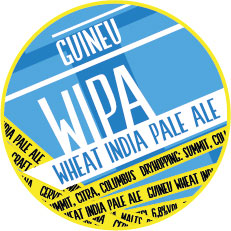Cerveses
21.09.2016
Aquesta setmana assistirem al #BoreftsAfterFestival a Rotterdam!! Us en deixem el link aquí! https://t.co/MWsJHF7vsB
16.09.2016
Us ho avançàvem dimecres... ja tenim la #UncommonLager aquí !! Ben refrescant i llupol•losa !! https://t.co/Z9ejcHG1Ow
16.09.2016
RT @BehoppyMadrid: ¡Alerta guerrilla! LLegan novedades de @cervesaguineu con @Biirbcn,@CANEDIGUERRA & #VanMoll. Always In The Struggle! htt…
14.09.2016
RT @ModernBeerCo: With my very good Catalan friends, all involved in making excellent beer. @cervesaguineu @CervesaLaPirata https://t.co/Cb…
Cervesa Guineu
Passatge del Riu 12
08269 Valls de Torroella, Barcelona
+34 938 682 974









